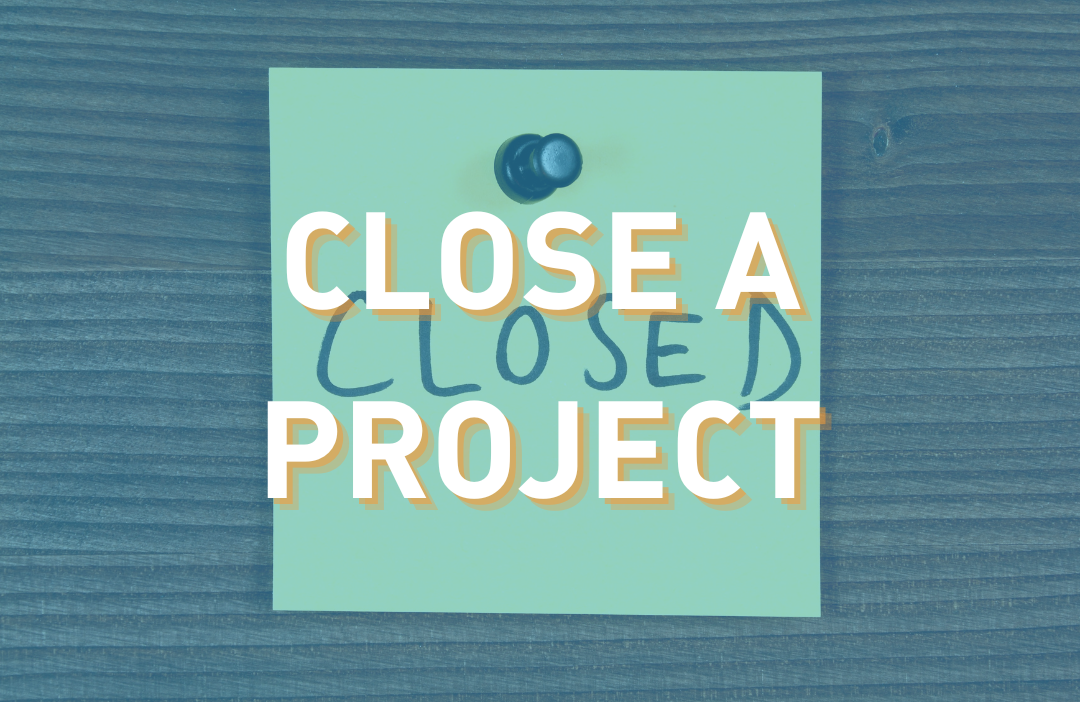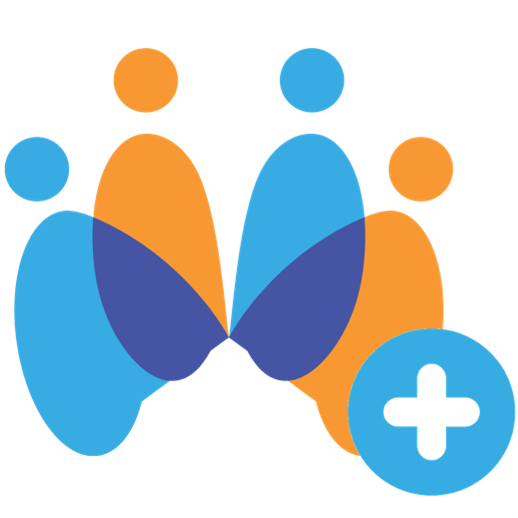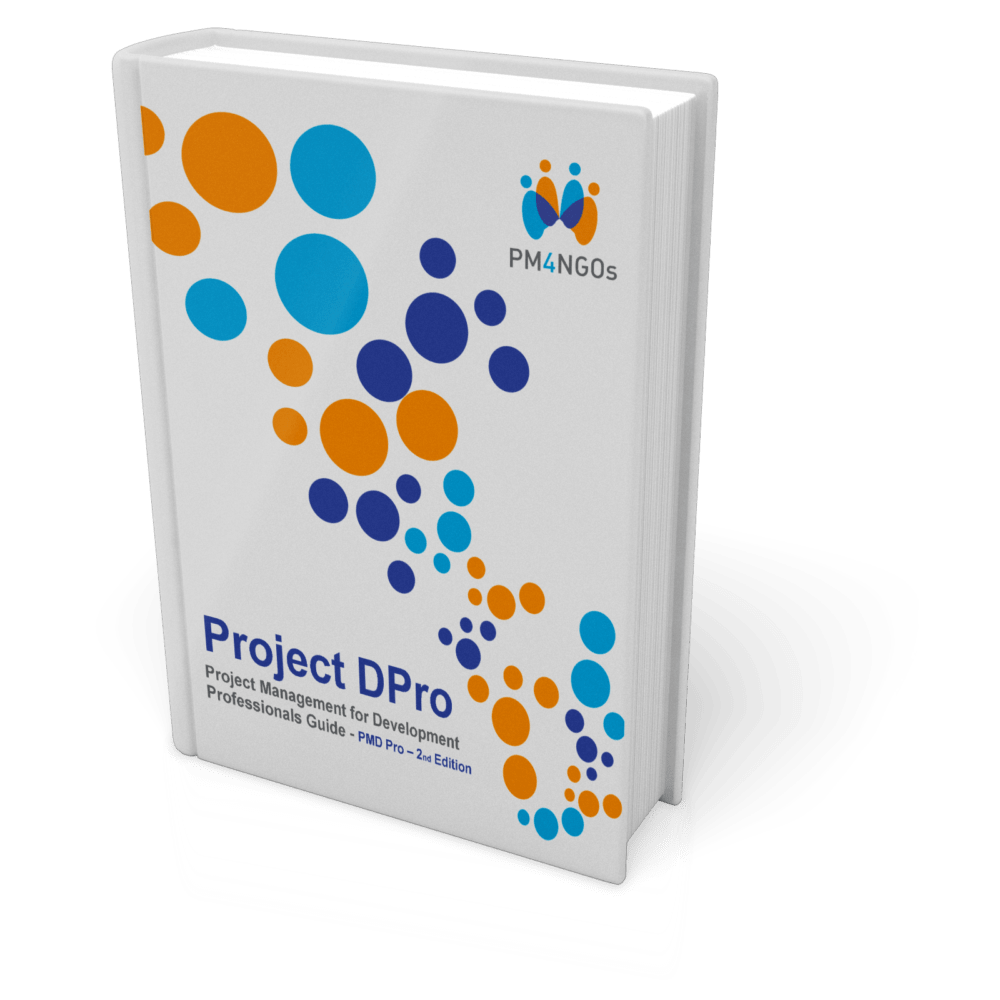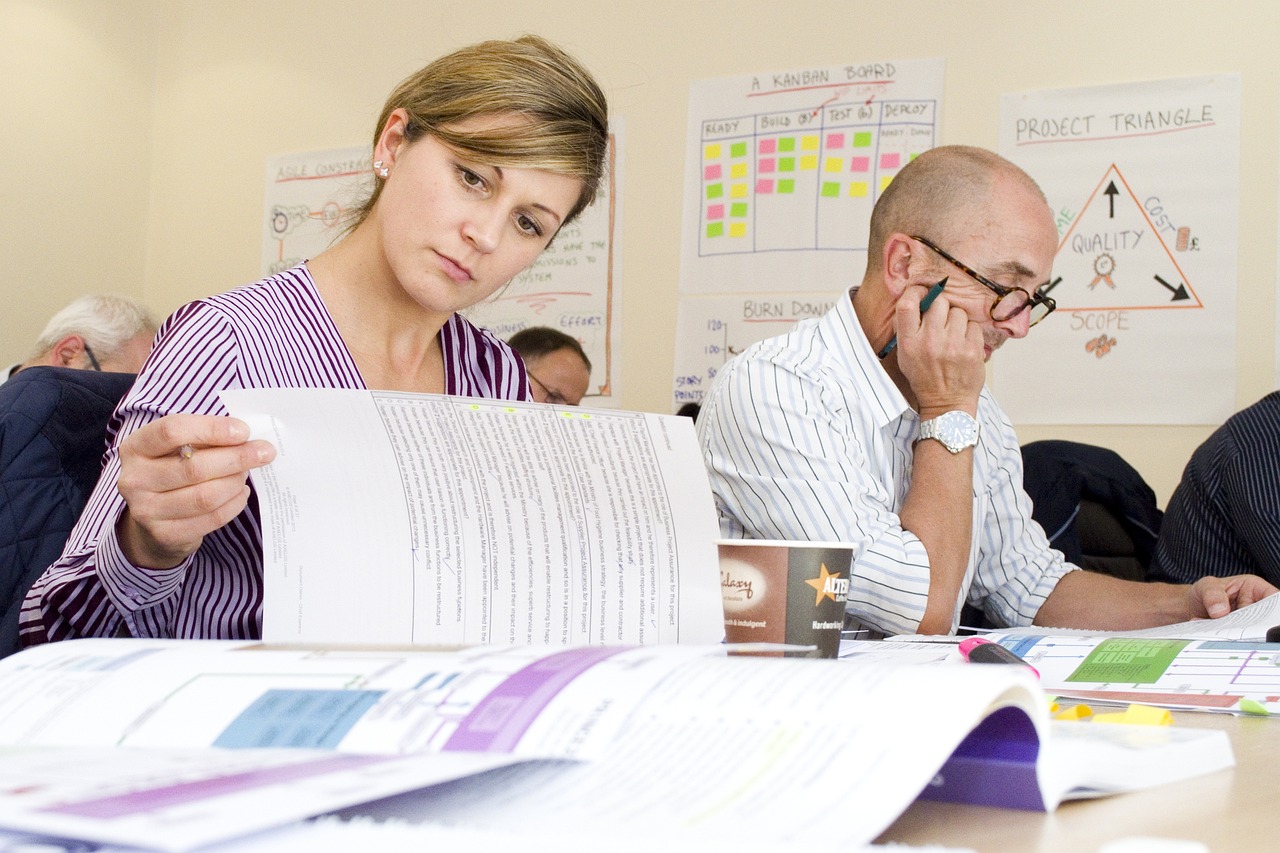Analysing, planning, and implementing projects can often feel overwhelming and complex. That’s where Project DPro comes in—a comprehensive guide and website designed to streamline the project management process.
With fifteen tools broken down, including problem tree analysis, logical framework planning, risk management, and project closure checklists, Project DPro provides a practical approach to navigating every phase of a project’s lifecycle.
Whether you’re an experienced project manager or new to the field, the PMD Pro model offers a common language and proven strategies to enhance project success.
So, set aside a few hours to explore this project model, adapt it to your specific needs, and witness firsthand how Project DPro can revolutionise your project management journey.
Analysing, Planning, and Implementing Projects with Project DPro
This image is property of cdn.bitrix24.com.
Introduction to Project DPro
Project DPro (PMD Pro Starter) is a comprehensive guide and website developed by LINGOs in collaboration with Plan International, PM4NGOs, and the Humanitarian Leadership Academy.
It provides a practical project management approach that development organisations can use for analysing, planning, and implementing projects effectively.
Project DPro consists of fifteen tools, each with an explanation, a template, a two-minute animated video, and a slide deck.
These tools cover various aspects of project management and provide a structured framework for project success.
The History and Development of Project DPro
Project DPro has evolved, building on the collective knowledge and experience of project management professionals. Let’s explore the history and development of Project DPro:
- Origins:
Project DPro was born from a collaboration between LINGOs, Plan International, PM4NGOs, and the Humanitarian Leadership Academy.
Organisations have recognised the need for a practical and comprehensive project management approach tailored to the development and humanitarian sectors. - Development Process:
Project DPro was developed through iterative processes involving project management experts, practitioners, and stakeholders.
Extensive research, pilot projects, and feedback loops were utilised to refine the tools, templates, and methodologies. - Continuous Improvement:
Project DPro continues to evolve and improve based on user feedback, emerging trends in project management, and lessons learnt from real-world projects. Regular updates, training, and knowledge sharing contribute to its ongoing development and relevance.
The development of Project DPro reflects a collective effort to address the unique challenges and requirements for implementing projects in the development and humanitarian sectors, providing a practical and effective approach to project success.
Overview of Project DPro Tools Useful for Implementing Projects
The fifteen tools in Project DPro are designed to address different stages and aspects of implementing projects.
Let’s briefly explore each tool and its contribution to project analysis, planning, and implementation:
- Problem Tree: This tool helps analyse the causes and effects of problems, allowing project managers to identify root causes and develop practical solutions.
- Objective Tree: The objective tree tool enables project managers to define solutions that address the root problems identified in the problem tree analysis. It helps in setting clear project objectives and outcomes.
- Logical Framework: The logical framework tool helps plan the logic of the intervention, including the activities, inputs, outputs, outcomes, and impact. It provides a structured approach to project planning.
- Project Charter: The project charter tool obtains authorisation to start project activities. It outlines the project’s purpose, objectives, scope, and stakeholders.
- Budget: The budget tool determines the financial resources required for the project. It helps estimate costs, allocate funds, and track expenses throughout the project.
- Work Breakdown Structure: The work breakdown structure tool organises project work into manageable components. It breaks the project into smaller tasks and sub-tasks, facilitating effective planning and execution.
- Network Diagram: The network diagram tool helps accurately estimate activity durations and dependencies. It visually represents the sequence and relationships between project activities, aiding in project scheduling.
- Risk Register: The risk register tool is used to identify and manage risks to project success. It helps assess and prioritise risks, develop mitigation strategies, and track risk management activities.
- Gantt Chart: The Gantt chart tool develops a project schedule. It visually represents project tasks, durations, and dependencies, enabling efficient time management and progress tracking.
- Implementation Plan: The implementation plan tool helps develop a comprehensive map for project implementation. It outlines the project activities, timelines, resources, and responsibilities, ensuring smooth execution.
- RACI Diagram: The RACI diagram tool clarifies the roles and responsibilities of project stakeholders. It helps assign and communicate roles, ensure accountability, and foster effective collaboration.
- Issue Log: The issue log tool identifies, tracks, and resolves project issues. It provides a centralised repository for capturing and addressing project-related matters promptly.
- Change Control: The change control tool helps manage changes to the project plan. It provides a structured process for reviewing, approving, and implementing changes, ensuring the project scope and objectives are maintained.
- After-Action Review: The after-action review tool analyses project performance and lessons learned. It helps identify what worked well and areas for improvement, enabling continual learning and development.
- Project Closure Checklist: The project closure checklist tool ensures that all contractual obligations have been met before closing a project. It helps conduct a final review, handover, and documentation of project outcomes.
Understanding the Model for Implementing Projects
The project model in Project DPro follows a structured approach to project management, consisting of different phases and key concepts. Let’s explore these elements:
- Phases of the Project Model: The project model consists of various phases that project managers need to work through during a project’s lifecycle.
These phases typically include initiation, planning, execution, monitoring and control, and closure. - The Lifecycle of a Project: The project model emphasises a project’s lifecycle, starting from its initiation and progressing through different stages until its successful completion.
Each phase has specific deliverables, activities, and milestones contributing to the project’s success. - Key Concepts and Principles of the Project Model: The project model is based on fundamental concepts and principles of project management. These include clear project objectives, stakeholder engagement, effective communication, risk management, quality assurance, and continuous learning and improvement.
Analysing Projects Using Project DPro
The analysis phase of a project plays a crucial role in understanding the underlying problems and defining effective solutions. Project DPro provides several tools to facilitate project analysis. Let’s explore some of these tools:
- Problem Tree: The problem tree tool helps project managers identify the root causes of problems by analysing their causes and effects.
It visually represents these relationships, enabling a better understanding of the issues at hand. - Objective Tree: The objective tree tool allows project managers to define solutions that address the root problems identified in the problem tree analysis.
It helps set clear project objectives and outcomes, aligning them with the project’s overall purpose. - Logical Framework: The logical framework tool aids in planning out the logic of the intervention.
It helps project managers map out the project’s activities, inputs, outputs, outcomes, and impact, providing a clear roadmap for implementation.
Using these tools, project managers can comprehensively understand the project’s context, identify critical problems, and define appropriate solutions that lead to successful project outcomes.
This image is property of cdn.bitrix24.com.
Planning Projects with Project DPro
Effective project planning is crucial for project success, and Project DPro provides several tools to support this process. Let’s explore some of these planning tools:
- Project Charter: The project charter tool helps obtain authorisation to start project activities. It outlines the project’s purpose, objectives, scope, stakeholders, and constraints, ensuring a shared understanding among project team members and stakeholders.
- Budget: The budget tool determines how much money is needed for the project and when. It helps project managers estimate costs, allocate funds, and track expenses throughout the project lifecycle.
- Work Breakdown Structure: The work breakdown structure tool helps project managers organise project work into manageable components. It breaks the project into smaller tasks and sub-tasks, facilitating effective planning, resource allocation, and progress tracking.
- Network Diagram: The network diagram tool aids in accurately estimating activity durations and dependencies. It visually represents the sequence and relationships between project activities, enabling project managers to develop realistic project schedules.
- Risk Register: The risk register tool helps project managers identify and manage risks to project success. It allows them to assess and prioritise risks, develop mitigation strategies, and monitor risk management activities throughout the project.
Project managers can use these planning tools to create a solid foundation for project execution, ensuring that resources are allocated effectively, risks are mitigated, and project objectives are met.
Implementing Projects with Project DPro
The implementation phase of a project involves executing the planned activities, managing stakeholders, and addressing any issues or changes that may arise. Project DPro provides several tools to support project implementation. Let’s explore some of these tools:
- Developing a Project Schedule with Gantt Chart:
The Gantt chart tool helps project managers create a project schedule by visually representing project tasks, durations, and dependencies. It enables efficient time management, resource allocation, and progress tracking during implementation. - Creating a Comprehensive Implementation Plan:
The implementation plan tool helps project managers develop a comprehensive map for project implementation. It outlines the project activities, timelines, resources, and responsibilities, ensuring smooth execution. - Clarifying Stakeholder Roles with RACI Diagram:
The RACI (Responsible, Accountable, Consulted, Informed) diagram tool helps project managers clarify stakeholder roles and responsibilities. It ensures effective communication, collaboration, and accountability among project team members and stakeholders. - Identifying, Tracking, and Resolving Issues with Issue Log:
The issue log tool helps project managers identify, track, and resolve project issues. It provides a centralised repository for capturing and addressing project-related issues promptly. - Managing Changes to the Project Plan with Change Control:
The change control tool helps project managers manage changes to the project plan. It provides a structured process for reviewing, approving, and implementing changes, ensuring the maintenance of project scope and objectives. - Analysing Project Success with After-Action Review:
The after-action review tool allows project managers to analyse project performance and lessons learnt. It helps identify what worked well and areas for improvement, enabling continual learning and development. - Ensuring Contractual Obligations are Met with the Project Closure Checklist:
The project closure checklist tool ensures that all contractual obligations have been met before closing a project. It helps project managers conduct a final review, handover, and documentation of project outcomes.
By utilising these implementation tools, project managers can effectively execute project activities, manage stakeholders, address issues and changes, and ensure the successful completion of the project.
This image is property of cdn.bitrix24.com.
Benefits of Using Project DPro for Implementing Projects
Utilising Project DPro in project management offers several benefits. Let’s explore some of the advantages of using Project DPro:
- Improved Project Efficiency and Effectiveness:
Project DPro provides a structured framework that enables project managers to analyse, plan, and implement projects more efficiently.
It streamlines project processes, reduces duplication of efforts, and promotes standardised practices, improving overall project efficiency and effectiveness. - Enhanced Communication and Collaboration:
Project DPro tools facilitate effective communication and collaboration among project team members and stakeholders.
Clear project objectives, roles, and responsibilities are defined, ensuring a shared understanding and fostering productive teamwork. - Standardisation of Project Management Practices:
Project DPro provides a standardised approach to project management with clearly defined tools, templates, and methodologies.
This promotes consistency across projects, facilitates knowledge sharing, and enables organisations to build a common project management language and culture.
By utilising Project DPro, organisations can achieve better project outcomes, reduce risks, and enhance their overall project management capabilities.
Case Studies of Successful Project DPro Implementation
Real-world examples of projects managed with Project DPro demonstrate their effectiveness and impact.
Let’s explore some case studies highlighting successful Project DPro implementation:
- [Case Study 1]: This case study highlights how a non-profit organisation successfully utilised Project DPro to manage a community development project.
The organisation effectively analysed the root causes of community issues, planned out the project logic, and implemented activities using Project DPro tools.
The project achieved its objectives, significantly improving the community’s well-being. - [Case Study 2]: In this case study, a humanitarian organisation shares its experience implementing a disaster response project using Project DPro.
The organisation used the logical framework tool to plan the intervention, develop a comprehensive implementation plan, and effectively manage project changes and issues.
The project provided timely assistance to the affected communities, helping them recover and rebuild.
These case studies demonstrate the practical application and value of Project DPro in diverse project contexts, showcasing its ability to drive positive change and achieve project success.
This image is the property of cdn.bitrix24.com.
Conclusion
Project DPro is a valuable resource for organisations and project managers seeking to improve their project management practices.
The comprehensive set of tools Project DPro provides enables practical project analysis, planning, and implementation, improving project efficiency and effectiveness.
Real-world case studies demonstrate the successful implementation of Project DPro in diverse project contexts, highlighting its practicality and impact.
By embracing Project DPro, organisations can enhance their project management capabilities, standardise practices, and drive positive change in their projects.
We encourage readers to explore and adopt Project DPro to maximise project success and achieve organisational goals.









